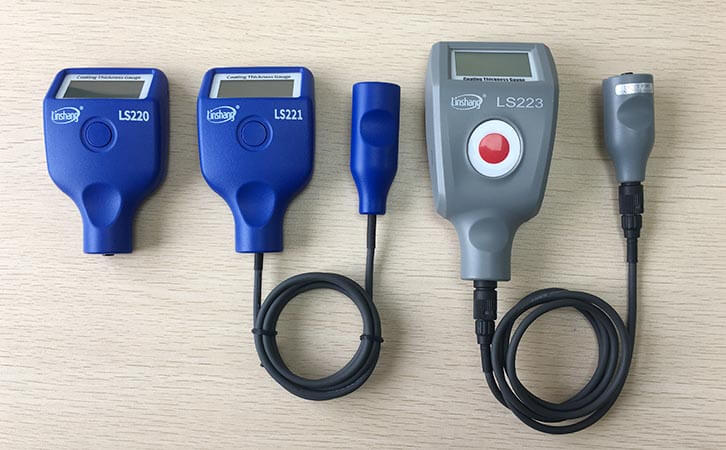What are the Processing Processes of Aluminum Profiles?
Common aluminum alloys and aluminum profiles are processed. Generally, there are surface treatment processes such as spray coating, electroplating, wire drawing, sandblasting, anode, passivation, oxide film and polishing machine polishing.
1. Passivation is a method to transform the appearance of the metal into a state that is not easily oxidized and to delay the corrosion rate of the metal. An active metal or alloy, in which the chemical activity is greatly reduced. The appearance of a noble metal state is called passivation.
2. Anodizing: the process of plating a thin layer of other metals or alloys on the surface of some metals using the principle of electrolysis. Brush plating is used for local plating or correction. Barrel plating is used for small parts such as fasteners, washers, pins, etc. After electroplating, it is possible to obtain decorative protective and various functional outer layers on the finished product of the machine. It can also correct the wear and processing errors of the workpiece. Electroplating baths are acidic, alkaline, acidic and neutral solutions with a chromium mixture. Regardless of the plating method used, it must have a certain degree of generality with the plating tanks and suspensions that are to be plated.
3. Spraying: used for external protection and decoration of equipment, usually on the basis of oxidation. The aluminum profile should be pre-treated before painting to make the coating and the workpiece firmly connected. There are usually three methods: (1) Phosphating (phosphate method) (2) Chromizing (chromium-free chromating) (3) Chemical oxidation.
4. Sand blasting, the primary effect is the finishing of the surface. Sand blasting before painting (or plastic spraying) can add surface roughness.

5. Chemical oxidation: The oxide film is thin, with a thickness of about 0.5 to 4 microns. It is porous, soft and has excellent adsorption properties. It can be used as the bottom layer of organic coatings, but its wear resistance and corrosion resistance are not as good as those of anodes.
6. The technology of chemical oxidation of aluminum and aluminum alloy can be divided into two categories, alkaline oxidation method and acid oxidation method according to the solution properties. According to the properties of the film layer, it can be divided into: oxide film, phosphate film, chromate film, chromic acid-phosphate film. Conductive oxidation (chromate conversion film)-used in applications where both protection and conductivity are required.
7. Coloring: There are two main technologies for coloring aluminum: one is aluminum oxide coloring technology and the other is aluminum electrophoresis coloring technology. Various colors are formed on the oxide film to satisfy certain requirements.
8. Chemical polishing is a chemical processing method that uses aluminum and aluminum alloys to produce selective self-dissolving effects in acidic or alkaline electrolyte solutions to level and polish the appearance of the year to reduce its surface roughness and pH. This polishing method needs no power supply, no restrictions on the size of the workpiece, high throwing speed and low processing cost. The purity of aluminum and aluminum alloy has a great influence on the quality of chemical polishing. The higher the purity, the better the polishing quality.
9. Electrochemical oxidation. The thickness of the oxide film is about 5 ~ 20 microns (the thickness of the hard anodized oxide film can reach 60 ~ 200 microns). It has high hardness, excellent heat resistance and insulation. The corrosion resistance is higher than the chemical oxide film.
Aluminum alloy has the characteristics of high strength and non-deformation. It is widely used in the fields of building structures, doors and windows, ceilings, decorative surfaces and the like. The coating plays a protective and decorative role. However, different coatings have different requirements on the film thickness of the paint film. Only by meeting the film thickness requirements can the various properties of the paint film be effectively guaranteed. At this time, the coating thickness meter is very important!
There are many coating thickness meters at home and abroad, but few are dedicated to coating measurement. Linshang coating thickness meter can be said to be one of the outstanding products, this coating thickness meter can not only be used to measure non-magnetic coatings on ferromagnetic substrates, but also non-conductive coatings on non-magnetic metal substrates.
- High precision coating thickness gauge for used car
- Automotive paint protection films coating thickness gauge
- Plating Thickness Measuring Instrument for Detecting Anti-corrosion Coating
- Linshang LS220, LS191, LS160A– Necessary for Car Cover Inspection
- Coating Thickness Gauge for Second Hand Vehicle
- Zero Adjustment Step of Coating Thickness Gauge
